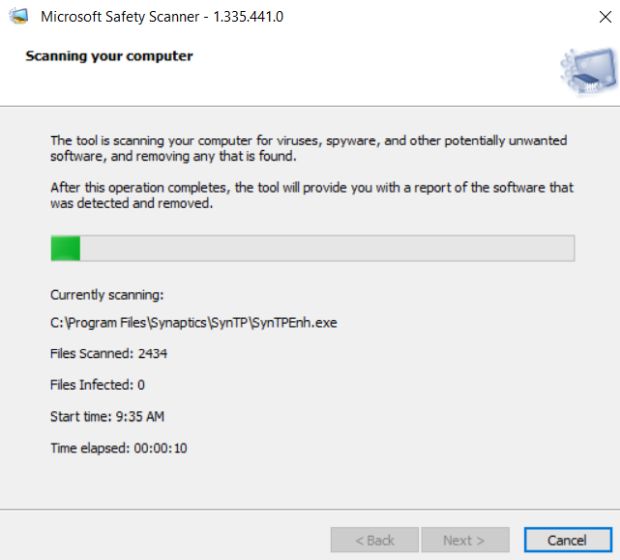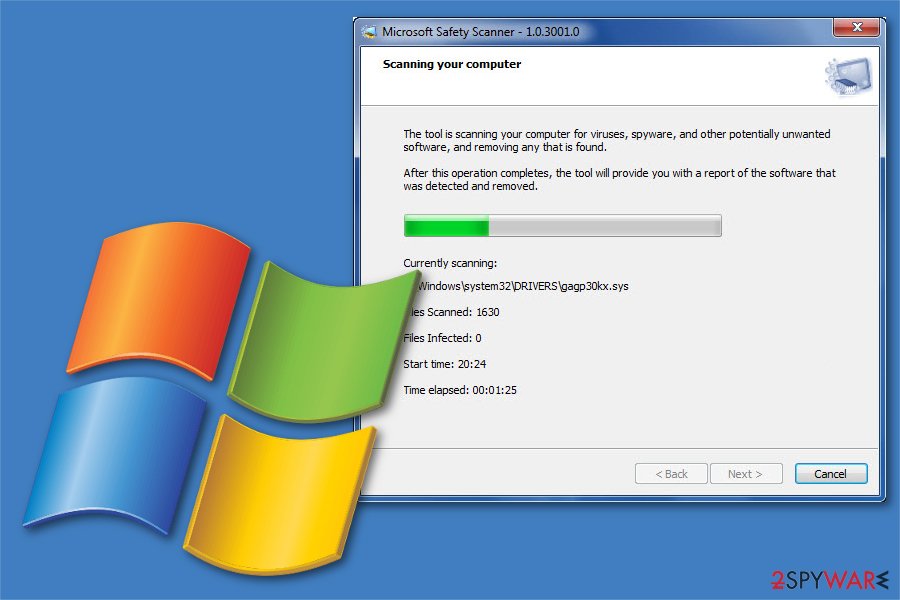

We have made every effort to provide this information as accurately as possible. OWASP does not endorse any of the vendors or tools by listing them in the table below. The tools listed in the tables below are presented in alphabetical order.

Ability to understand the libraries/frameworks you need.Ability to detect vulnerabilities, based on:.Prerequisite: Support your programming language.Analysts frequently cannot compile code unless they have:.

Many SAST tools have difficulty analyzing code that can’t be compiled.Difficult to ‘prove’ that an identified security issue is an actual vulnerability.Frequently unable to find configuration issues, since they are not represented in the code.Small percentage of application security flaws. They can automatically identify only a relatively Difficult to automate searches for many types of security vulnerabilities, including:.Location, line number, and even the affected code snippet. Output helps developers, as SAST tools highlight the problematic code, by filename,.Identifies certain well-known vulnerabilities, such as:.Scales well – can be run on lots of software, and can be run repeatedly (as with nightly builds or continuous integration).SAST tool feedback can save time and effort, especially when compared to finding vulnerabilities later in the development cycle. Such tools can help you detect issues during software development. Source code analysis tools, also known as Static Application Security Testing (SAST) Tools, can help analyze source code or compiled versions of code to help find security flaws. Contributor(s): Dave Wichers, itamarlavender, will-obrien, Eitan Worcel, Prabhu Subramanian, kingthorin, coadaflorin, hblankenship, GovorovViva64, pfhorman, GouveaHeitor, Clint Gibler, DSotnikov, Ajin Abraham, Noam Rathaus, Mike Jang


 0 kommentar(er)
0 kommentar(er)
